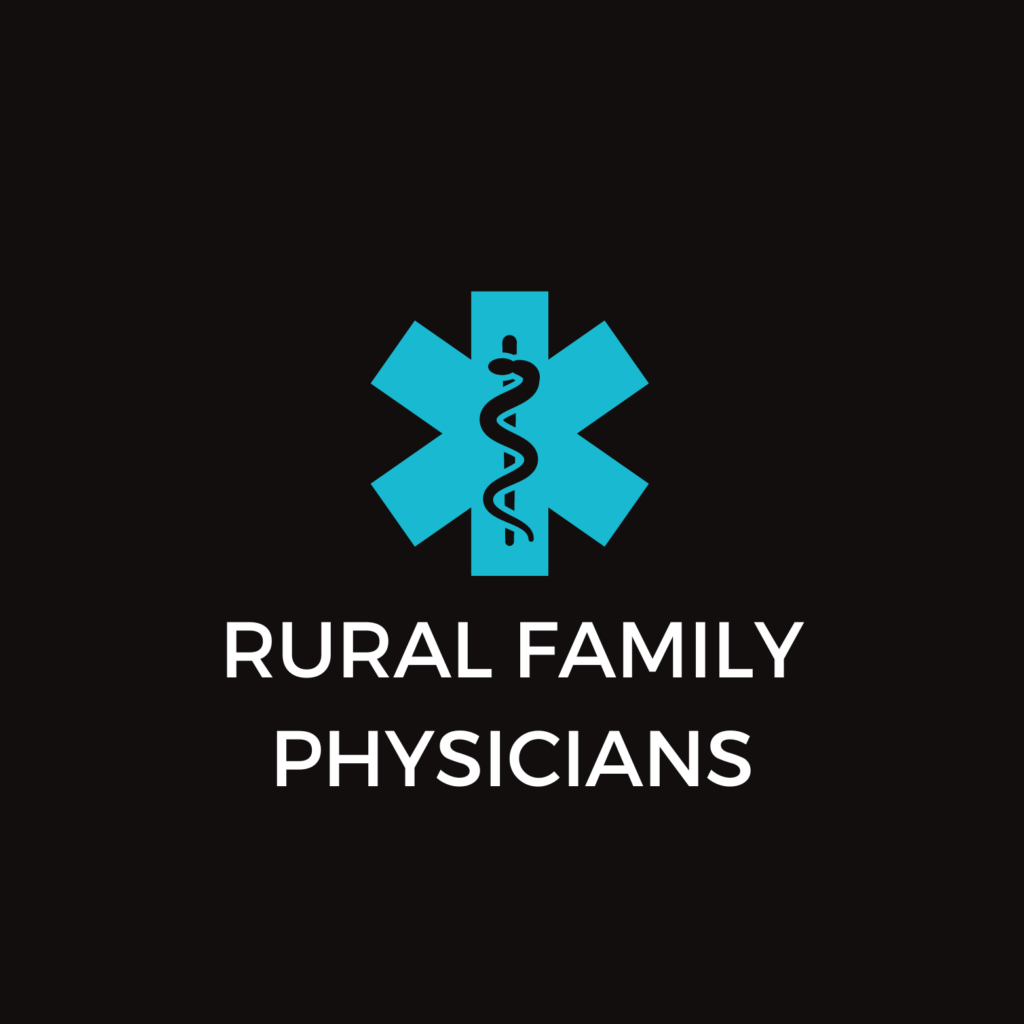CEO Update: Need Some Good News

I love Shaboozey’s music and his song “Good News” has really stuck with me. While I’m just using these words out of context of the song, I think that’s what makes music relatable. Shaboozey says, “man what a hell of a year it’s been. All’s I really need is some good news.”
Now more than ever, I really need some good news because what a hell of a year it’s been! This perfectly describes life nowadays.
The safety net around the country is being challenged. In Colorado, we have 21 rural hospitals operating in the red and are lucky we have not seen a rural hospital close in a time that I can remember. However, if Medicaid funding is cut to the levels being proposed by the federal government’s “One Big Beautiful Bill,” rural hospitals across the country will close and it’s likely some of those will be in Colorado.
Colorado is a rural state with 77% of our landmass being either rural or frontier. Rural is defined as a community with 50,000 or less people and frontier is 6 or less people per square mile. We are almost equally split with our 47 rural counties: 24 rural and 23 frontier. While our population is only 12%, rural is Colorado’s source of food and fun through the ag industry and tourism.
The current version of the “Bill” cuts SNAP (Supplemental Nutrition Assistance Program) benefits. The percentage of rural people utilizing SNAP is 12.9% compared to 7% in urban. And 15.4% of children in rural Colorado live in poverty compared to 10% in urban. SNAP is a vital program for rural.
Rural communities are also more reliant on public insurance (Medicare and Medicaid) with the average in rural being 56.7% compared to 46.5% in urban areas. This varies greatly by county with 88.5% of the population in Costilla county on public insurance to a low of 26.3% in Eagle and Summit counties. For Medicaid alone, 53% of the population in Costilla county, 43.1% in Otero county, 43% in Conejos county, 42.1% in Prowers county and 41% in Alamosa county round out the top 5. From interviews last week, Sen. Ron Johnson (R-Wis.) suggested the hospital sector is exaggerating. “Hospitals are rolling in the dough,” Johnson said. “I would also say to anybody who’s designed their business model depending on federal government funding: Get a new model.” As you can clearly see from the data, rural cannot just get a new model.
Did you know that when a patient has to travel outside of their community to seek care that this is seen as a cost savings to insurance companies but is felt by patients as real costs? On average, the cost savings of insurance providers if a rural patient travels to a non-local hospital or clinic is $425 per patient. And the average overall cost burden to rural patients traveling outside their community to seek care is $718. Much of this cost burden is due to lost wages at $235 on average.
Transportation has long been a barrier for patients seeking care for medical appointments. In fact, when CDOT released their 10-year strategic plan, it showed that Colorado was ranked 47th in the U.S. for the condition of rural roads. Due to the aging population in rural Colorado, CDOT has prioritized increasing options for older adults and veterans to reach basic amenities and medical care through expansion of their outrider service. Twenty-four percent of older adults have trouble finding transportation options and of that 24%, 63% of those trips are for medical appointments.
In addition to providing access to care locally, rural hospitals are an economic driver in their rural communities. This is just part of the reason why it is critical to have access to care locally. And when rural access to care goes away it puts more strain and stress on urban facilities, resulting in increased wait times, higher costs, and more. Healthcare is an ecosystem and we must take care of this system to ensure we all have access to care!
Please reach out to your policymakers and share your voice. Sign onto the National Rural Health Association’s Action Alert here.
Read more about about the potential impacts of Medicaid cuts with CRHC’s new resource page.




